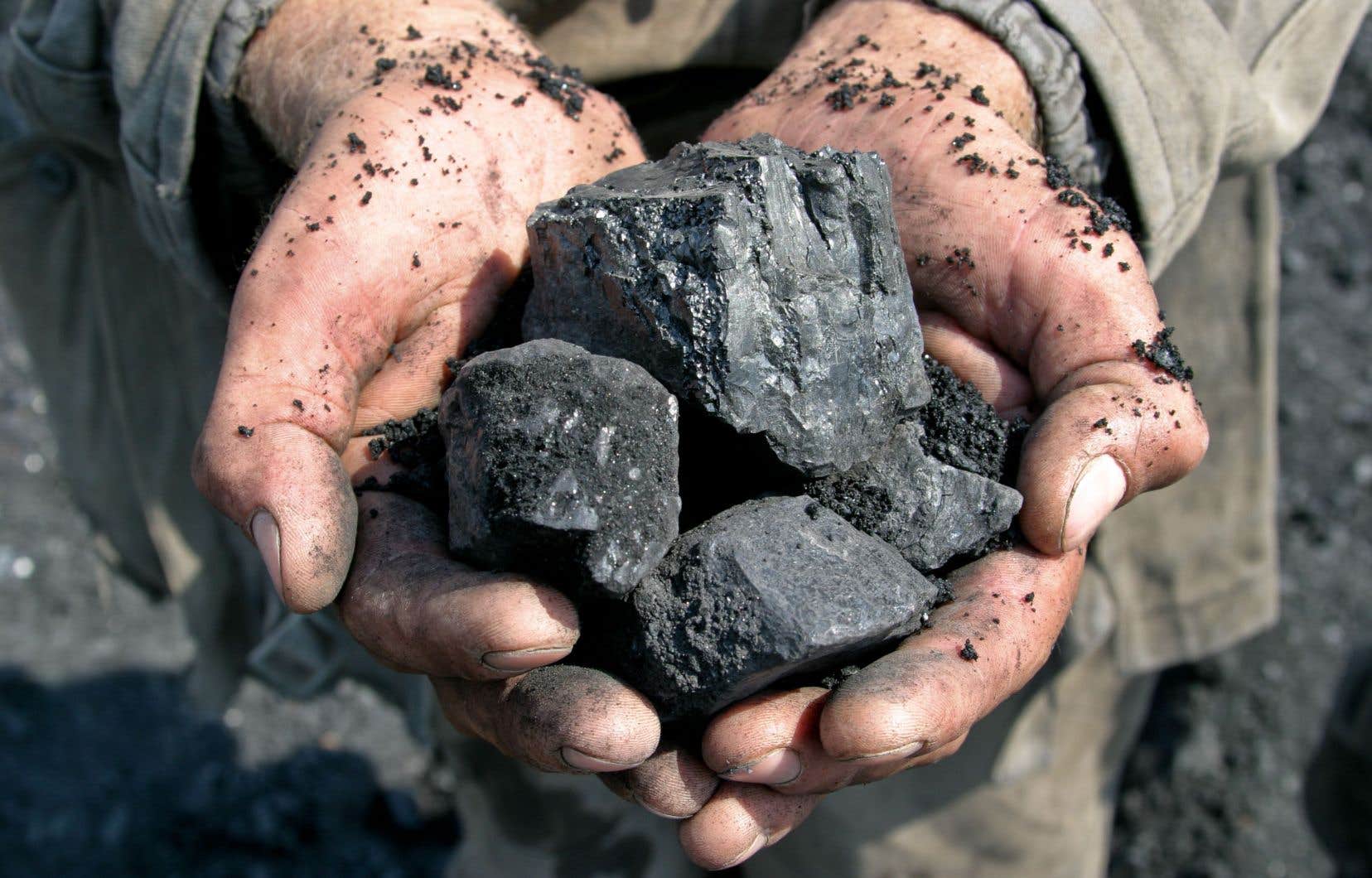Canadian exports of the type of coal used to generate electricity hit an eight-year high in 2022, even as the Liberals promised to work toward a total ban on exports by the end of the decade.
The Liberals made this promise during the 2021 election and it was included in Environment Minister Steven Guilbeault’s mandate letter in December of that year.
In the year that followed, Canada exported more than eight million tonnes of domestically produced thermal coal, an increase of 60% from 2021, and more than eight times what was exported in 2018 .
That year, thermal coal exports reached a low of one million tonnes, before increasing rapidly, doubling to two million tonnes in 2019, almost five million tonnes in 2020 and 5.5 million tonnes in 2021.
New Democratic Party (NDP) environment critic Laurel Collins says these numbers are simply “shocking.”
Mme Collins will introduce his own private member’s bill on Wednesday to ban thermal coal exports. She said in an interview that she was going to move forward on the issue because the Liberals had not done so.
“It’s really discouraging given the impact of coal on the climate crisis,” said Ms.me Collins.
Export data was provided to Mme Collins by the government in response to an Order Paper question she asked in the House of Commons last fall.
The response states that the 8.23 million tonnes of thermal coal exported in 2022 would produce 18 million tonnes of greenhouse gases. This is the equivalent of the emissions of around four million passenger vehicles in one year.
The response also included an overview of how much coal is exported through Canada but produced elsewhere. Most of it comes from the United States. Coal exports via Canada increased from eight million tonnes in 2015 to 14 million tonnes in 2018, then to 10 million in 2022.
The Liberals have already adopted a policy to phase out coal-fired power plants in Canada by 2030 unless they are equipped with technology to trap and store their greenhouse gas emissions. They also co-led a global “energy beyond coal” initiative with the UK to drive a reduction in coal-fired power worldwide.
Canada’s domestic coal consumption has been falling in recent years, even before the Liberal phase-out policy, as Ontario’s previous Liberal government decided to close all of its coal-fired power plants. Only four provinces, Alberta, Saskatchewan, Nova Scotia and New Brunswick, still rely on coal to produce electricity. Alberta is set to close its last coal-fired power plant this year.
However, as demand in Canada declines, international demand has exploded, setting new records in 2022 and 2023, according to the International Energy Agency.
Statistics Canada reports that since 2020, international demand for coal has been increasing to meet growing electricity needs. This demand was exacerbated in 2022, after Russia invaded Ukraine, causing natural gas prices to soar and concomitant demand for cheaper coal-fired electricity.
Coal is considered the dirtiest source of electricity, producing more emissions than other fossil fuels to produce the same amount of electricity.
